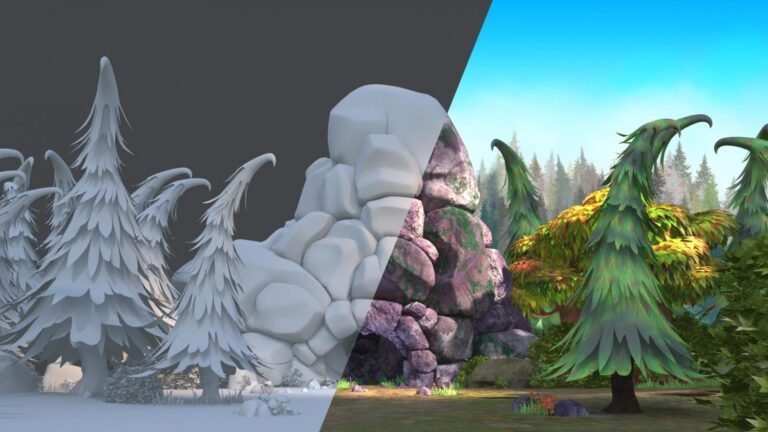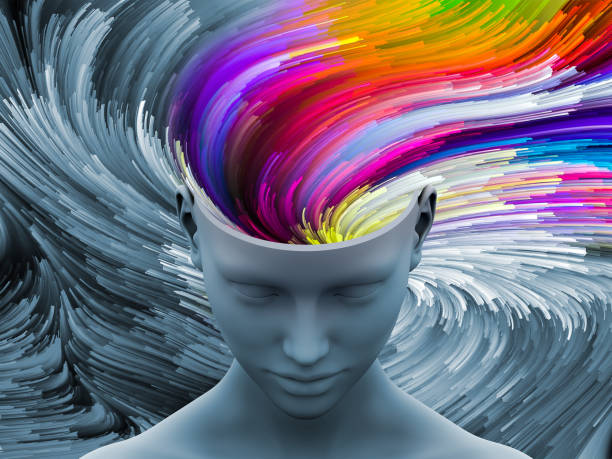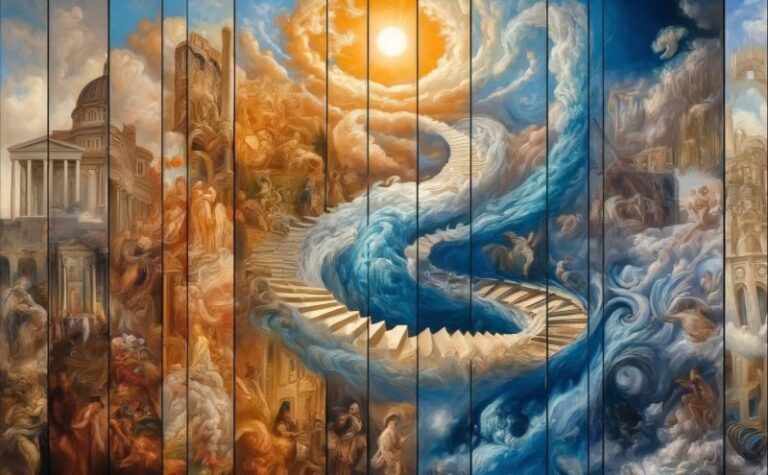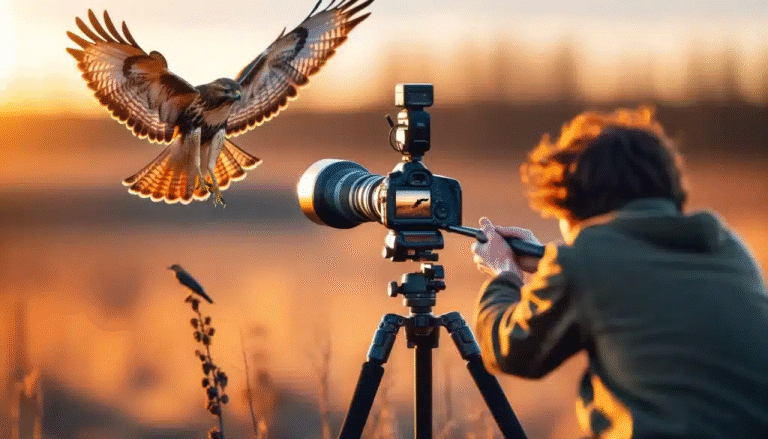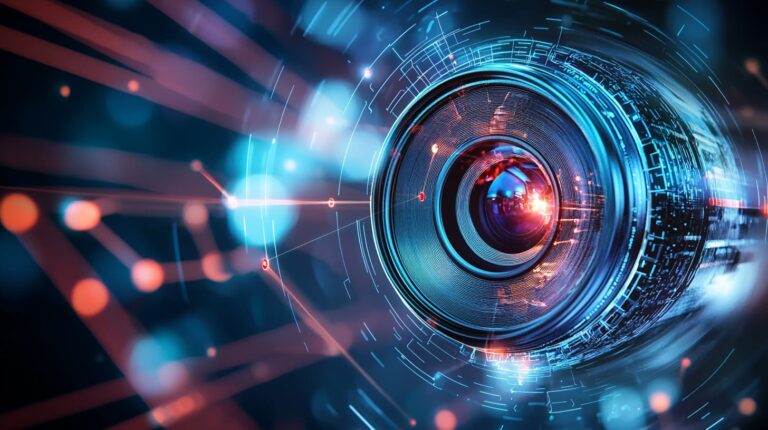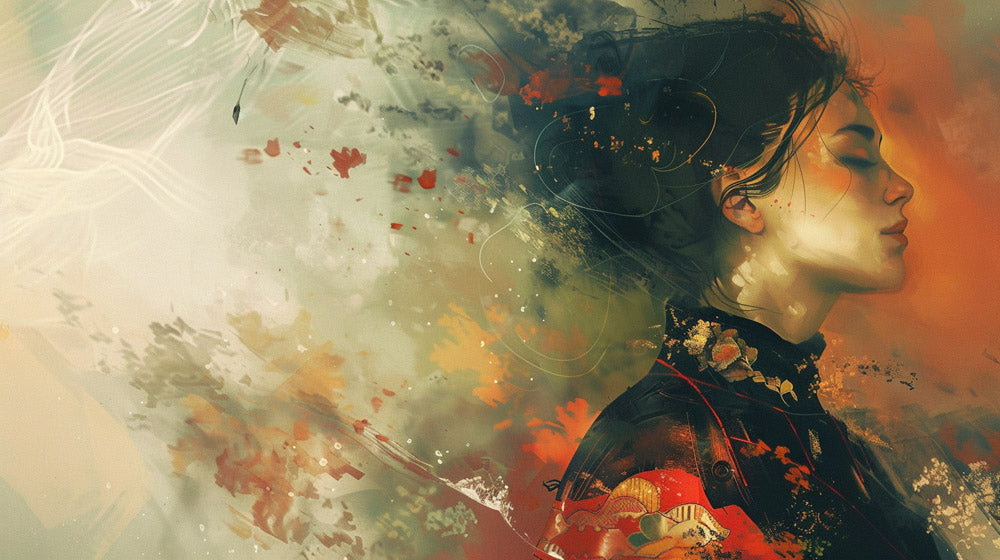
The art world has revolutionized with the advent of digital technology. Traditional art, which used to be confined to canvas, paper, and real materials, can now be converted into digital photography, enabling artists to distribute, conserve, and augment their work in novel and innovative ways. This blend of traditional and digital art creates limitless possibilities for expression and narration.
The technique starts with taking a photograph of the original work using a scanner or a high-resolution camera. A DSLR or mirrorless camera in well-lit conditions with a tripod can take clear, crisp images of paintings, drawings, or mixed media art. For smaller pieces, a flatbed scanner provides even lighting and high resolution. The aim is to preserve the integrity of the original artwork while bringing it into the digital space.
Lighting is an important factor in such a change. Soft diffused lights or natural daylight assist in preventing harsh color distortion and shadows. It’s necessary to film under a controlled background with neutral colors and prevent reflections, particularly for glossy surfaces or texture. Polarizing filters can assist in glare reduction and bring out the nuances of brush strokes or pencil lines.
After capturing the artwork, the second step entails editing the digital image using the tools of software such as Adobe Photoshop or Lightroom. The artists use this stage to ensure brightness, contrast, sharpness, and color balance match the original artwork as closely as possible. Any unwanted aspect such as dust, background shadows, or inconsistencies in lighting can also be eliminated during the editing process.
Digitization of ancient art also opens up the scope to creatively improve or recycle it. Artists can place textures over it, combine artworks with photographic content, or transform paintings into digital collages. These hybrids can then be utilized for prints, merchandise, social media, or even online exhibitions.
Sharing digital copies of classical art has also been made convenient. Artists can maintain online portfolios, sell prints via e-commerce websites, or display their work on social media platforms such as Instagram and Pinterest. The digital form enables greater accessibility and exposure to a wider population than physical galleries can provide alone.
In addition, digitizing traditional art also guarantees preservation for the long term. Traditional artworks are susceptible to damage from exposure to light, moisture, and handling. Digital copies at high resolution prevent loss and enable simple backup and storage. They also facilitate reproduction of artworks for books, prints, or exhibitions without endangering the original work.
Conclusion
The shift from canvas to camera is not merely about making art digital, it’s about unlocking creativity, maintaining originality, and connecting with new viewers. When old-school artistic methods are melded with new photography and photo editing techniques, artists can give new life to their creations. To archive personally, share with the world online, or simply experiment, converting traditional art into digital photography is an incredibly powerful means of bridging the divide between the past and future of visual art.
